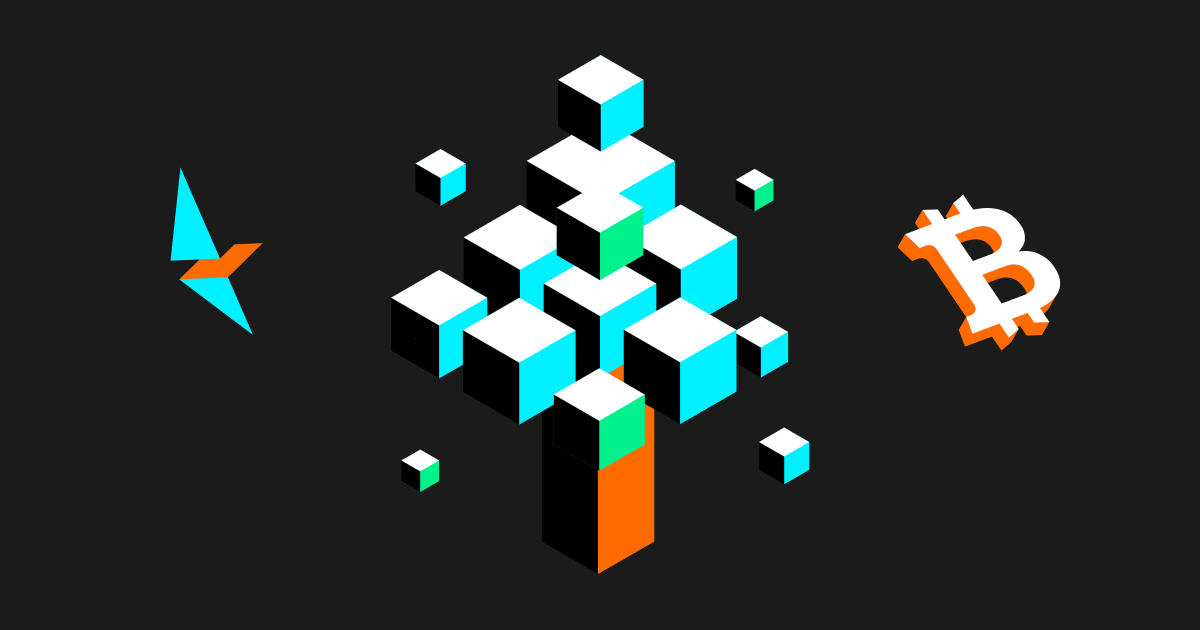
Blockchain 101: Different Blockchain Consensus Mechanisms
This article will explain how consensus mechanisms determine the characteristics of a blockchain and what it means for us - enthusiastic adopters of the blockchain technology.
Blockchain and Consensus Mechanisms
Here is a quick reminder: The blockchain technology allows us to encrypt records of data into blocks then chain them together to create a chronological single source of truth. What makes blockchain powerful is its decentralised nature; blockchain-based databases are publicly accessible but no adjustments can be made without the agreement of a quorum of the network participants, ensuring trust, security and transparency.
So we did mention the network participants. Also referred to as the “nodes”, they are indeed the stakeholders of decentralised networks, whose tasks contribute to the secure and proper functioning of the whole network, such as verifying, confirming transactions, acting as communication centres and staying alert for any potential data alterations. A consensus mechanism is defined to make sure that all nodes work in sync with each other. It also dictates the particular security and incentive scheme of one network.
Please note that we focus on public blockchains only, for we are more likely to interact with this blockchain type in our daily transactions. Two representatives of public blockchains are the legendary Bitcoin and Ethereum.
Not just PoW and PoS
Both Bitcoin and Ethereum use the Proof-of-Work (PoW) mechanism to regulate the state of the network since their genesis, but Ethereum is gradually moving to Proof-of-Stake (PoS) with their Ethereum 2.0 plan. Bitcoin, however, will stick with PoW as its code is immune to consensus change and, just as important, Bitcoin’s ties to energy consumption will keep its value always connected to real-life costs. Other types of blockchain consensus are less common and mainly adopted to match a network’s strategic priorities.
Proof-of-Work (PoW)
As the name suggests, this type of consensus requires an arduous amount of “work”. Network participants, called miners, are equipped with sophisticated software and powerful computers to find the solution to extremely complicated mathematical problems, through which a new, valid block is created.
Normally, cryptocurrency difficulty is positively correlated with the number of miners, that is, the difficulty level is designated to rise when there are more miners joining the network, meaning a) higher security is achieved with more miners and b) fairness is guaranteed for all miners.
Moreover, PoW blockchains are truly decentralised in terms of the organisation as well as the location, because miners will set up camp where there is cheap electricity in pursuit of maximum incentives. Electricity is available at a small charge in several places around the world, hence mining activities are scatteredly distributed worldwide.
Proof-of-Stake (PoS)
More environmentally friendly than PoW is PoS, which relies completely on financial staking. To become a “node” in a PoS network is to lock up funds in a special smart contract and receive the chance to publish a new block. The PoS algorithm selects stakers randomly based on their shares of funds in the network, for example a staker whose funds make up 10% of the total staked funds has a 10% chance of new block production. Incentives are also distributed to stakers proportionally to the ratio between their staking and the total staked funds. As a result, this mechanism is a main driver of value for PoS cryptocurrencies.
Examples: Avalanche, Cardano, Algorand.
Delegated Proof-of-Stake (DPoS)
DPoS adds a democratic refinement to the somewhat centralised PoS. While economic resources directly affect the validation process in PoS, stakers have the power to vote on block producers in the DPoS network. These block producers, also known as delegators/witnesses, will be elected based on the amount of staking delegated to them, which reflects their reliability and trustworthiness. Incentives as well as penalties will be shared between stakers and delegators, promoting greater democratisation within the network. Delegators usually stay active in order to remain accountable, which can significantly speed up the transaction process. Examples: EOS, Tron.
Nominated Proof-of-Stake (NPoS)
NPoS is similar to DPoS but the voting process is more cultivated. The stakers, called the nominators, will choose a set of validators by assigning their token collaterals. Validators with the most collaterals will be granted the responsibility of producing new blocks, but the final set of validators can be quite different from the sets nominated. This ensures that every nominator has a good chance of receiving rewards and validators also need to deem themselves worthy of community trust. Examples: Polkadot, Kusama.
Proof-of-Authority (PoA)
Another consensus mechanism that puts great emphasis on the social capital of node validators is PoA. The community selects and gives most reliable users and strategic partners of the project, i.e. users with a vested long-term interest in the future success of the network, the right to produce new blocks. Of course it is not all about the “social status”; these approved validators should as well stake their funds as proof of their pure motive. Examples: VeChain, TomoChain.
Proof-of-History (PoH)
Solana was the first to introduce a hybrid of PoS and PoH in 2018 with a promise of faster, more efficient and secure validating process. A cryptographic clock is integrated into each node in the Solana network, whereby each piece of data is recorded in verifiably chronological order and with a specific timestamp. Instead of waiting for responses from other nodes, each validator can decide on the validity of block messages independently, thus accelerating the consensus process for Solana transactions.
Above are the most common consensus mechanisms in the blockchain space, each utilised by a number of projects whose names should definitely ring a bell with you. There is, of course, a non-exhaustive list of consensus mechanisms existing and to be soon created following the growth of the blockchain sector. No matter how different their design is, the ultimate goal of consensus is simply to maintain effective operations of blockchains. That being the case, developments in consensus algorithms are expected to protect data integrity with its key attributes of uniqueness, consistency and honesty.
- Blockchain and Consensus Mechanisms
- Not just PoW and PoS

